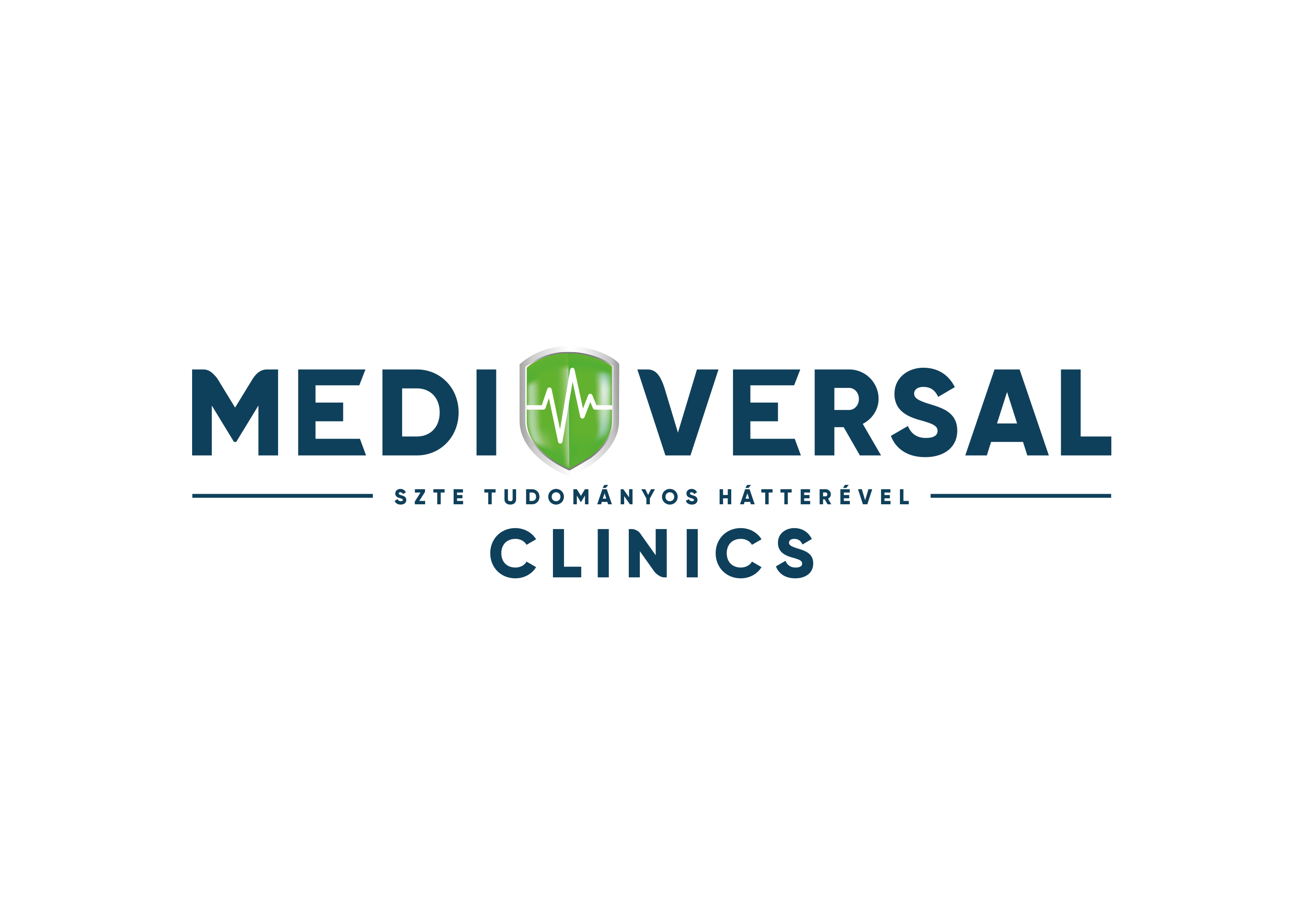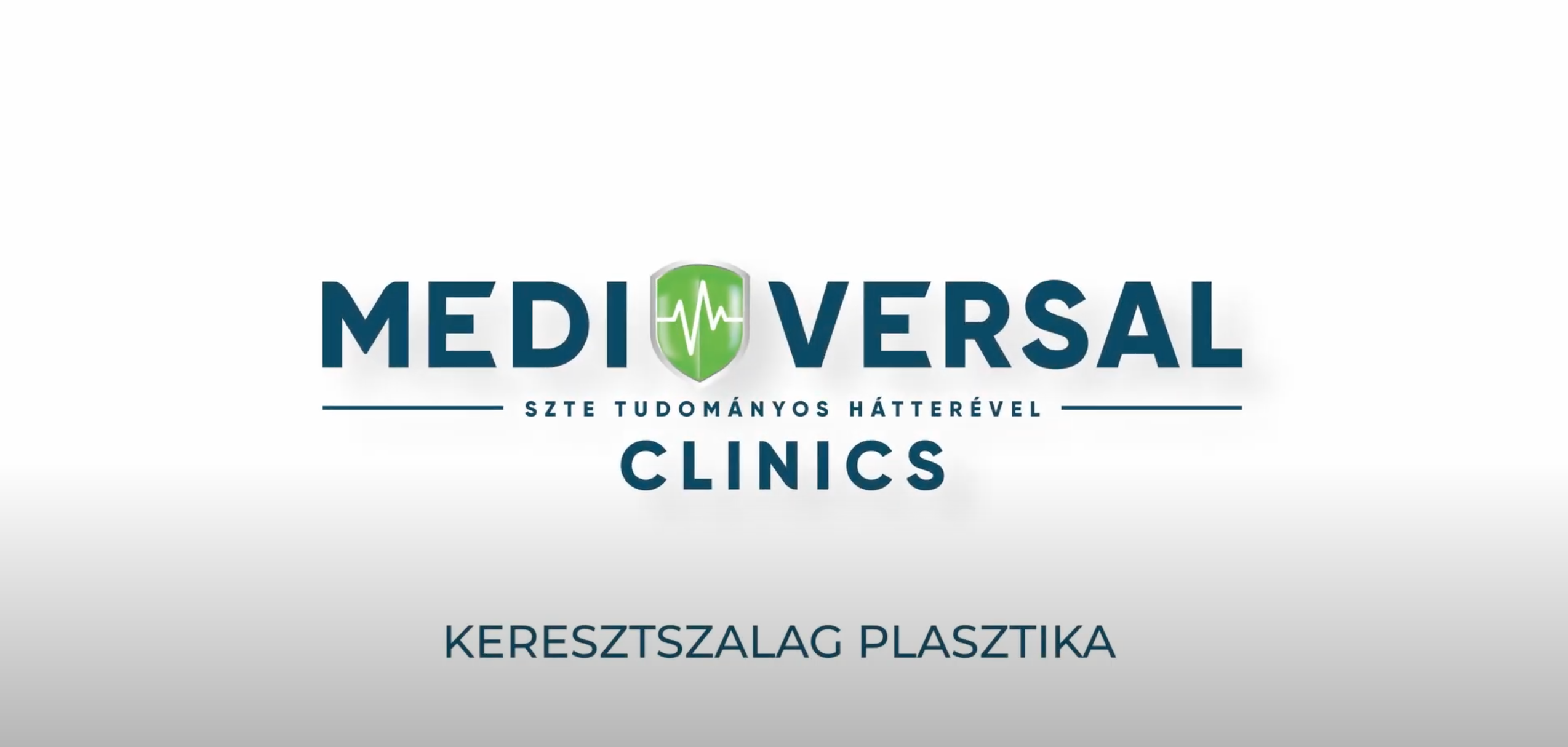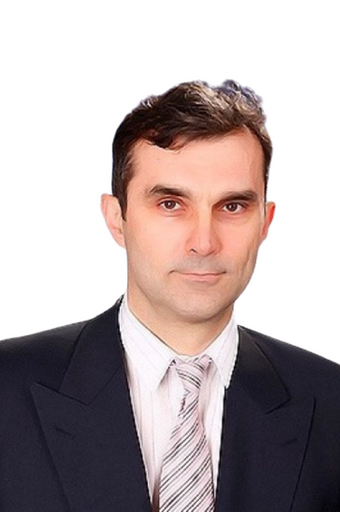Was anterior cruciate ligament reconstruction surgery recommended by your doctor? Some important information are summarized here about preparation for the surgery, steps of the intervention and details of the postoperative care. Anterior cruciate ligament reconstruction is currently one of the most advanced interventions in medicine, it helps treating ligament injuries of the knee joint and may improve quality of life and mobility significantly.






